The United States has been facing significant issues with air and water pollution, leading to various health problems, environmental damage, and a reduction in the quality of life. Due to industrial activities, heavy traffic, and urbanization, pollution levels have intensified in recent years, exacerbating the problem. This post aims to dissect the state of pollution in various parts of America, focusing on the states that bear the brunt of the issue. From the air quality of California to the impact of power plants in Ohio, this post dives into the issues present in America’s most polluted states.
Contents
- 1 America’s Pollution Problem
- 2 California: The Smog State
- 3 Texas: The Industrial Impact
- 4 Pennsylvania: Coal Country
- 5 Ohio: Power Plants And Pollution
- 6 Indiana: Manufacturing And Its Consequences
- 7 Louisiana: The Petrochemical State
- 8 Comparing Pollution Across States
- 9 Efforts To Reduce Pollution
- 10 The Role Of Citizens In Combating Pollution
- 11 The Effects Of Pollution Remains A Serious Problem
America’s Pollution Problem
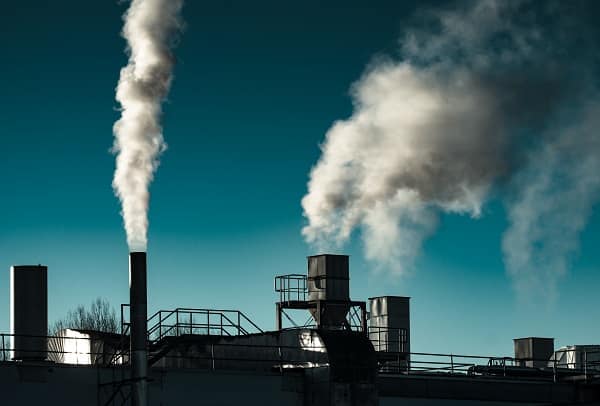
America, as one of the world’s largest economies, is naturally a major contributor to global pollution levels. Industrial activities, urbanization, heavy traffic, and lack of sufficient regulations in certain sectors are some of the main culprits. According to the American Lung Association, nearly four in ten Americans live in counties with unhealthy levels of either ozone or particulate pollution, placing them at risk for premature death and other serious health effects, including lung cancer, asthma attacks, and developmental harm.
And unfortunately, these staggering numbers present a grim picture of the overall state of pollution in America. However, the impact of pollution isn’t spread uniformly across the country. Various states have differing levels of pollution, largely due to differences in industrial activity, population density, topography, and weather patterns.
California: The Smog State

California holds the dubious honor of being one of the most polluted states in America. Its major cities frequently top the lists of cities with the worst air quality, with Los Angeles and Bakersfield being particularly notorious. The state’s pollution problems can be attributed to a combination of dense population, heavy traffic, topographical features that trap pollution, and warm sunshine that helps form ground-level ozone. And with all that having an impact, the effects of California’s pollution levels are far-reaching.
The state’s pollution problems contribute to thousands of premature deaths each year and have significant impacts on the health of its residents, including increased rates of asthma, especially among children. Additionally, pollution also has environmental impacts, contributing to climate change and damaging natural ecosystems. Despite substantial progress in reducing emissions over the past decades, California’s pollution levels remain a significant issue, demonstrating the complexity and stubbornness of the problem.
Texas: The Industrial Impact
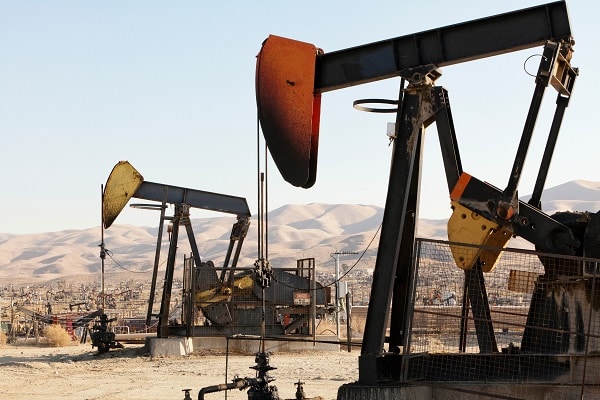
Texas is another state notorious for its high levels of pollution, particularly air pollution. The primary contributors to the state’s pollution are its extensive industrial activities, particularly in oil, gas, and chemical manufacturing. Cities such as Houston and Dallas often have high levels of smog, primarily due to emissions from these industries as well as road traffic. The impact of this pollution on public health and the environment in Texas is significant. Air pollution in Texas has been linked to a wide range of health issues, including respiratory problems, heart disease, and even premature death.
Furthermore, the state’s heavy industrial activity also contributes to water and soil pollution, impacting wildlife and potentially contaminating drinking water supplies. As in California, the issue of pollution in Texas is complex and multifaceted, requiring comprehensive solutions that address the diverse sources of pollutants.
Pennsylvania: Coal Country
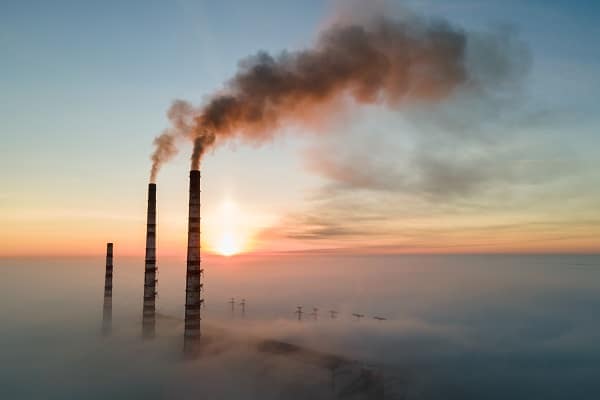
Pennsylvania, known for its long history of coal mining and use, faces serious pollution challenges. The state’s reliance on coal for energy production has resulted in significant air and water pollution. The process of mining and burning coal releases a number of harmful pollutants, including sulfur dioxide, nitrogen oxides, and mercury. The effects of Pennsylvania’s pollution are seen in both public health and the environment. Studies have linked the state’s air pollution to asthma, lung cancer, and other respiratory diseases.
The environmental impact is equally concerning, with acid mine drainage from coal mines causing significant water pollution, damaging aquatic ecosystems, and making water unsafe for consumption. Despite a decrease in coal use in recent years, the legacy of Pennsylvania’s coal industry continues to pose significant environmental challenges.
Ohio: Power Plants And Pollution
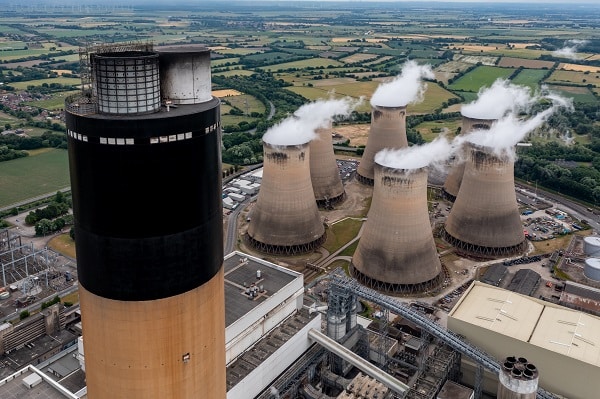
Ohio’s high levels of pollution can largely be attributed to its significant industrial activity, including steel production and energy generation. The state has a large number of coal-fired power plants, which are significant sources of air pollutants like sulfur dioxide and mercury. The state’s industrial sector also contributes to pollution through the release of pollutants into the state’s rivers and lakes.
As with the other states discussed, the pollution in Ohio has significant health and environmental impacts. Air pollution contributes to respiratory problems among Ohio’s residents, and heavy metals in water bodies can accumulate in fish, making them unsafe to eat. Additionally, the pollutants released by industry can harm local ecosystems, impacting wildlife and reducing biodiversity. Despite efforts to reduce pollution in the state, Ohio’s industrial activity continues to pose significant environmental challenges.
Indiana: Manufacturing And Its Consequences
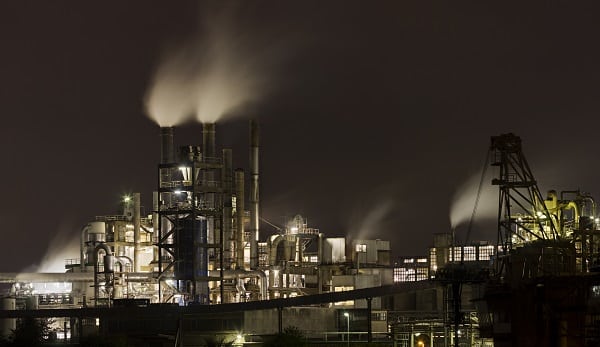
Indiana, with its heavy reliance on manufacturing and agriculture, has its own unique pollution challenges. The state’s factories and plants are major sources of air pollution, releasing pollutants like sulfur dioxide, nitrogen oxides, and particulate matter. Meanwhile, agricultural runoff containing fertilizers and pesticides pollutes the state’s water bodies.
The pollution in Indiana impacts both the health of its residents and its environment. Long-term exposure to the state’s air pollutants has been linked to health issues such as respiratory problems, cardiovascular disease, and premature death. Water pollution from agricultural runoff can harm aquatic ecosystems, leading to algal blooms and creating dead zones where wildlife cannot survive. The state’s pollution problems highlight the need for a balance between economic activity and environmental protection.
Louisiana: The Petrochemical State
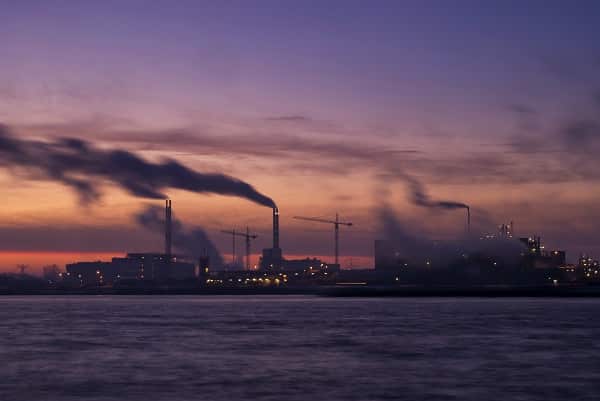
Louisiana’s extensive petrochemical industry has resulted in high levels of pollution in the state. Home to a significant portion of America’s oil refineries and chemical plants, the state’s air is often filled with pollutants such as sulfur dioxide, benzene, and particulate matter. Furthermore, industrial waste often ends up in the state’s water bodies, causing significant water pollution.
The impact of this pollution on Louisiana’s residents and environment is considerable. High pollution levels have been associated with a range of health problems, including respiratory issues, cardiovascular disease, and cancer. The state’s rich coastal and aquatic ecosystems have also suffered, with pollution contributing to habitat loss and declines in wildlife populations. The pollution challenges in Louisiana highlight the environmental costs of heavy industrial activity.
Comparing Pollution Across States
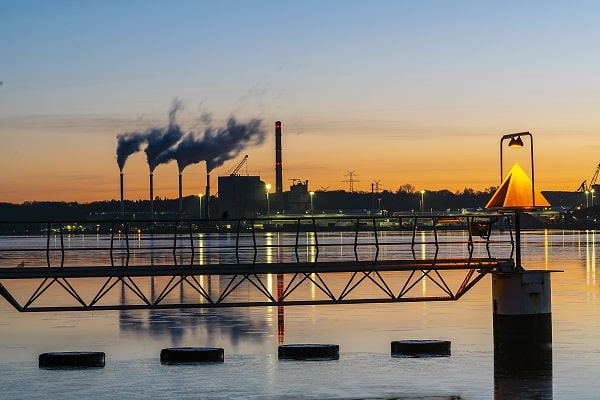
As you’ve seen, pollution levels and their impacts can vary considerably across states. States like California and Texas experience high levels of air pollution due to a combination of industrial activity, traffic, and certain geographical features. On the other hand, states like Pennsylvania and Ohio suffer from both air and water pollution due to their history of coal use and heavy industry.
These differences underscore the fact that each state faces unique challenges when it comes to combating pollution. Therefore, solutions must be tailored to the specific sources of pollution and local conditions in each state. Despite the differences, however, the overall picture is clear: pollution is a significant problem across much of the United States, affecting the health of millions of people and damaging the environment.
Efforts To Reduce Pollution
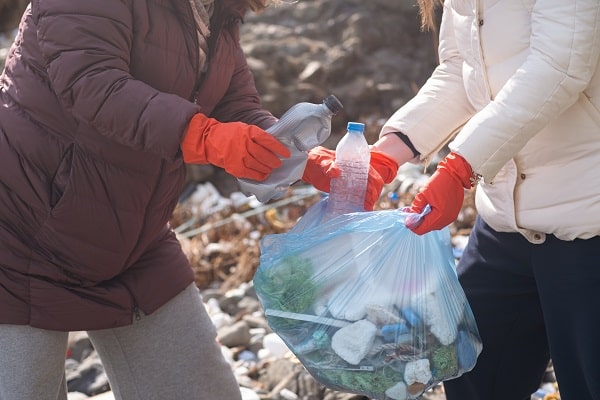
Given the significant impacts of pollution, it’s no surprise that there are extensive efforts underway across the United States to address this problem. These initiatives range from federal regulations limiting emissions from power plants and vehicles to state and local programs promoting renewable energy, recycling, and public transportation.
However, success varies greatly. While some areas have seen substantial improvements in air and water quality, others continue to struggle. Effective pollution control often requires a multifaceted approach, tackling not just the symptoms but the root causes of pollution. This might involve transitioning to cleaner energy sources, improving waste management practices, or implementing stricter regulations on industrial emissions.
The Role Of Citizens In Combating Pollution

While government and industry have significant roles to play in reducing pollution, individual actions can also make a significant difference. Simple measures such as conserving energy, reducing waste, and using public transportation can help reduce the demand for polluting energy sources and decrease the amount of pollution produced.
Moreover, citizens can influence pollution levels by supporting policies and companies prioritizing environmental sustainability. Voting for politicians who support strong environmental regulations, and purchasing from companies with sustainable business practices, can push for a broader systemic change. Ultimately, combatting pollution requires the combined efforts of individuals, governments, and businesses.
The Effects Of Pollution Remains A Serious Problem
Pollution remains a significant problem for many parts of the United States, posing serious health risks to millions of Americans and damaging our natural environment. While the specific issues vary from state to state, the overall picture is clear: there is an urgent need for action. The fight against pollution requires comprehensive, systemic solutions, including stronger regulations, technological innovations, and individual actions. As the country moves forward, it is crucial that the nation strives toward a cleaner, healthier, and more sustainable future for all.


